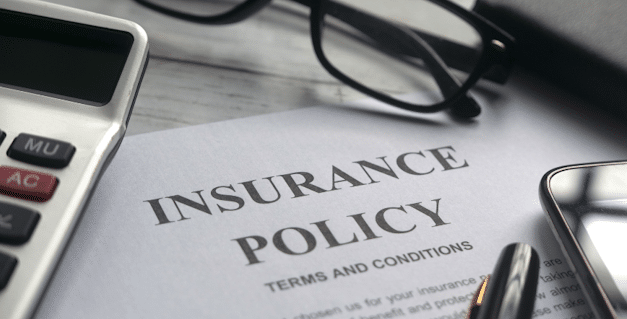Imagine this: you’ve just bought a brand-new car and barely had time to savor that new car smell before disaster strikes. Whether it’s a major accident or theft, your car is now a total loss. Here’s the kicker: your insurance settlement isn’t enough to cover what you still owe on your car loan or lease.
That’s where gap insurance comes in. It covers the difference (“the gap”) between what your insurance pays and what you still owe, sparing you from being stuck with a hefty bill for a car you no longer have.
What is gap insurance?
Gap insurance stands for Guaranteed Asset Protection. It is also called loan/lease coverage. Gap is an optional coverage that is paired with either collision or comprehensive coverage. In a covered claim, collision or comprehensive help pay for the totaled or stolen vehicle up to its actual cash value. Gap covers the rest of the loan or lease.
Why is gap coverage necessary?
When you buy or lease a new car, it starts to depreciate as soon as you drive it off the lot. Most new vehicles lose up to 20 percent of their value in the first year, according to Kelley Blue Book. That means that the actual cash value of your new vehicle could be lower than your loan or lease amount.
In the event of a total loss, insurance pays the current market value of your vehicle. The loan doesn’t go away even if your car is totaled or stolen. If there is an additional amount still owed to repay the loan, your Gap insurance covers it. Otherwise, you will have to pay that amount out-of-pocket.
What doesn’t gap insurance cover?
Gap insurance does not pay if your car is only damaged and not declared a total loss. It does not cover mechanical failures and will not pay if your engine dies. Gap does not cover your deductible for collision or comprehensive. It does not pay overdue payments or late fees on your car loan. It only covers the gap, or difference, between your car’s actual value and the amount of your loan.
When should you consider gap insurance?
New car owners generally find value from gap insurance if their car is less than 3 years old. Consider gap insurance if:
- You made a down payment that was less than 20 percent of your car’s value.
- You financed the vehicle for 60 months or longer.
- You leased the vehicle. (Gap insurance is generally required if leasing a car.)
- You moved negative equity from an old car loan into a new one.
- Your vehicle depreciates faster than average.
Calculate whether gap insurance offers a good value for you.
Here’s an easy way to determine if the amount of gap insurance works with your situation.
- Use the Kelley Blue Book to estimate your car’s current value.
- Calculate the difference between the value of your car and your loan amount. Are you able to cover this cost out-of-pocket?
- Get a cost quote for gap coverage.
- Determine how long you will need gap coverage. At some point, the value of your car and the amount of your loan will be close. Mark on your calendar when to drop gap coverage from your policy.
Where should you get gap coverage?
Your car dealer will offer to sell you gap insurance, but if you buy it there, it will be rolled into your car loan. That means you’ll be paying interest on it. You’ll also lose the flexibility to cancel it when you no longer need it. In addition, car dealers often charge a higher fee for gap coverage. Check with your auto insurer. You should be able to add gap coverage to an existing auto policy.
Gap insurance is one of those coverages that we hope we never need, but it’s so helpful if we do. Enjoy your new car, and safe travels.
This article is furnished by California Casualty, providing auto and home insurance to educators, law enforcement officers, firefighters, and nurses. Get a quote at 1.866.704.8614 or www.calcas.com.
- The Summer Self-Care Toolkit for Teachers - July 1, 2025
- Healthy Eating at the Firehouse - June 24, 2025
- DIY Projects to Increase Your Home’s Value - June 20, 2025

